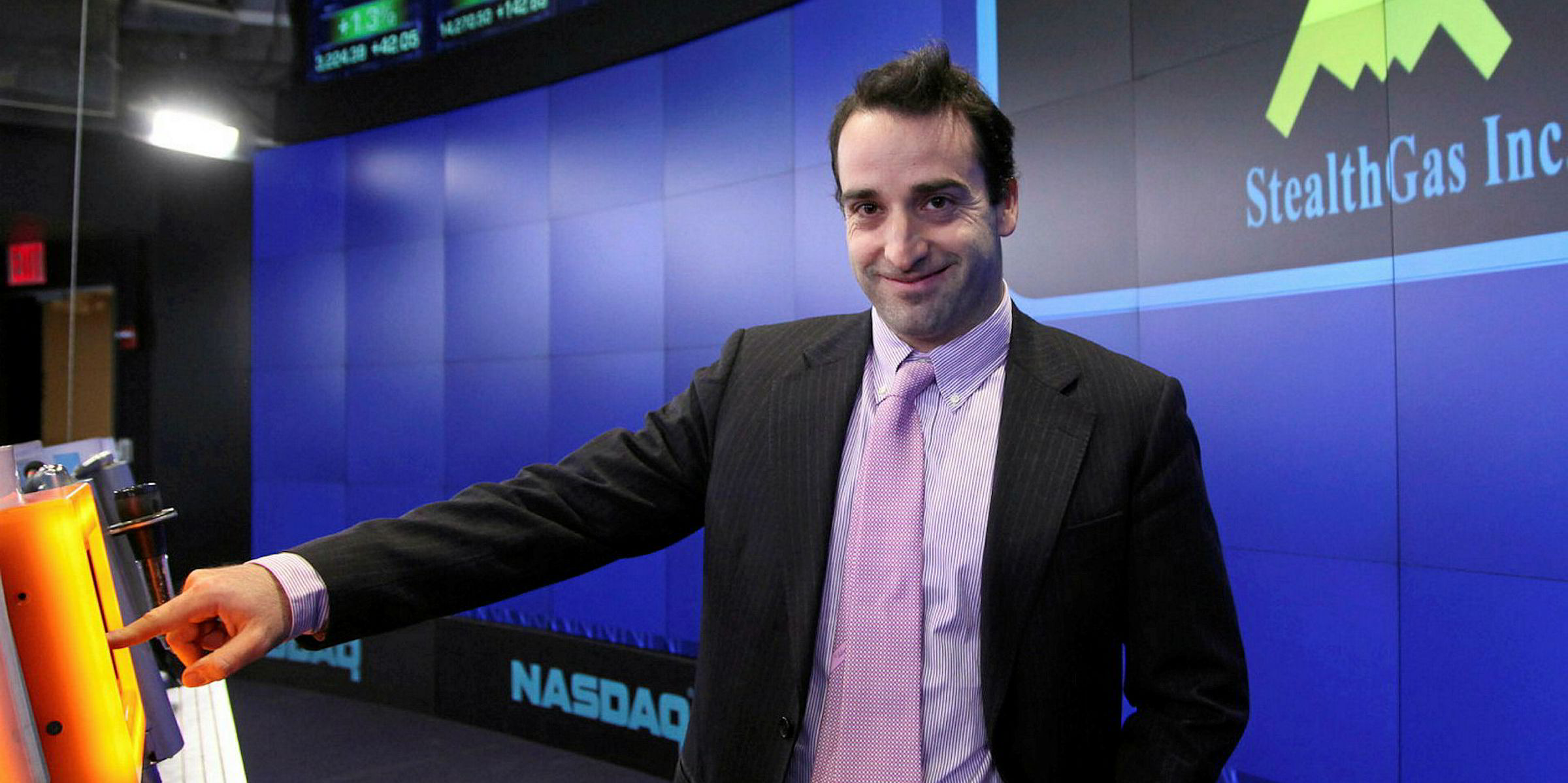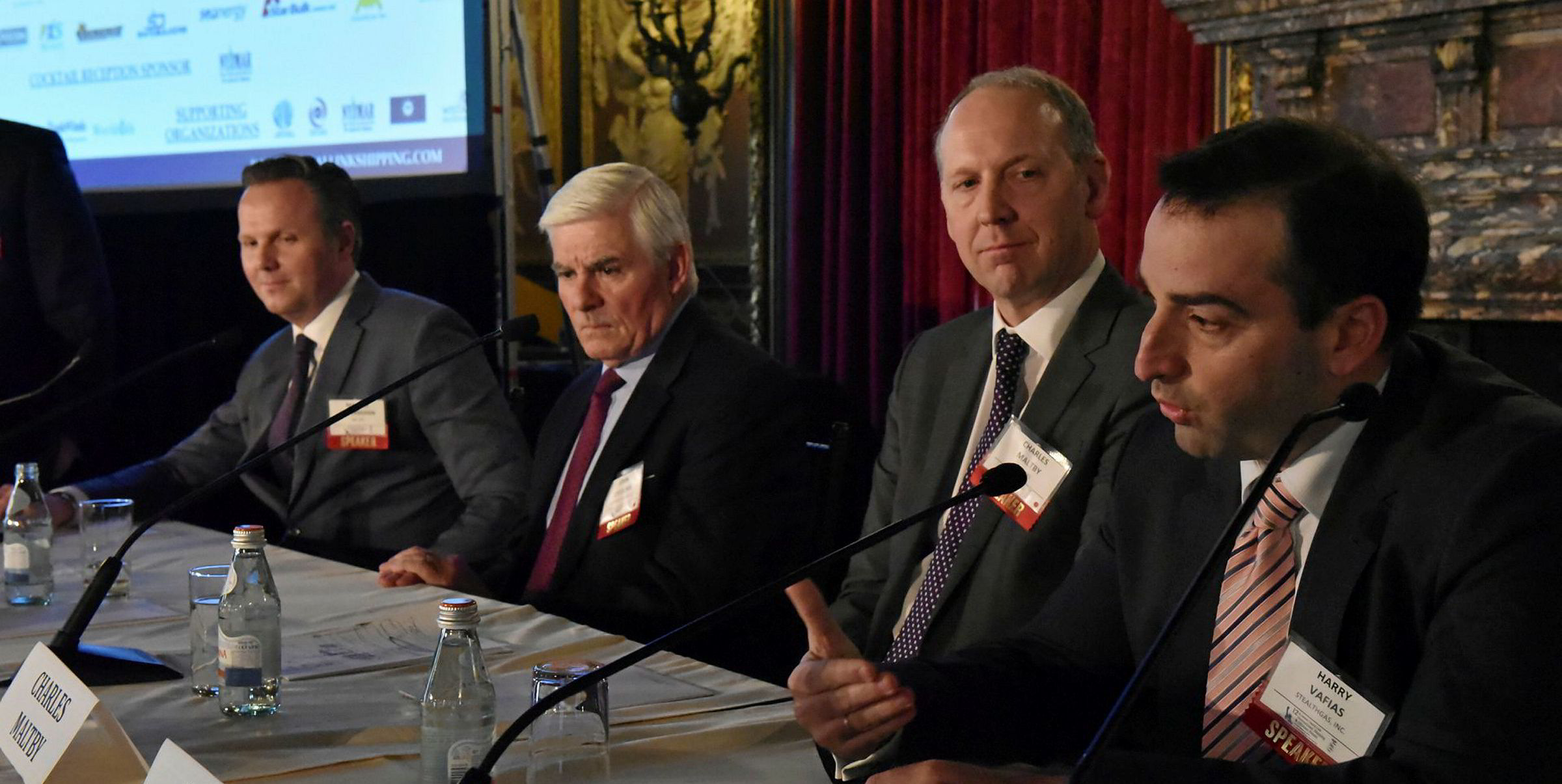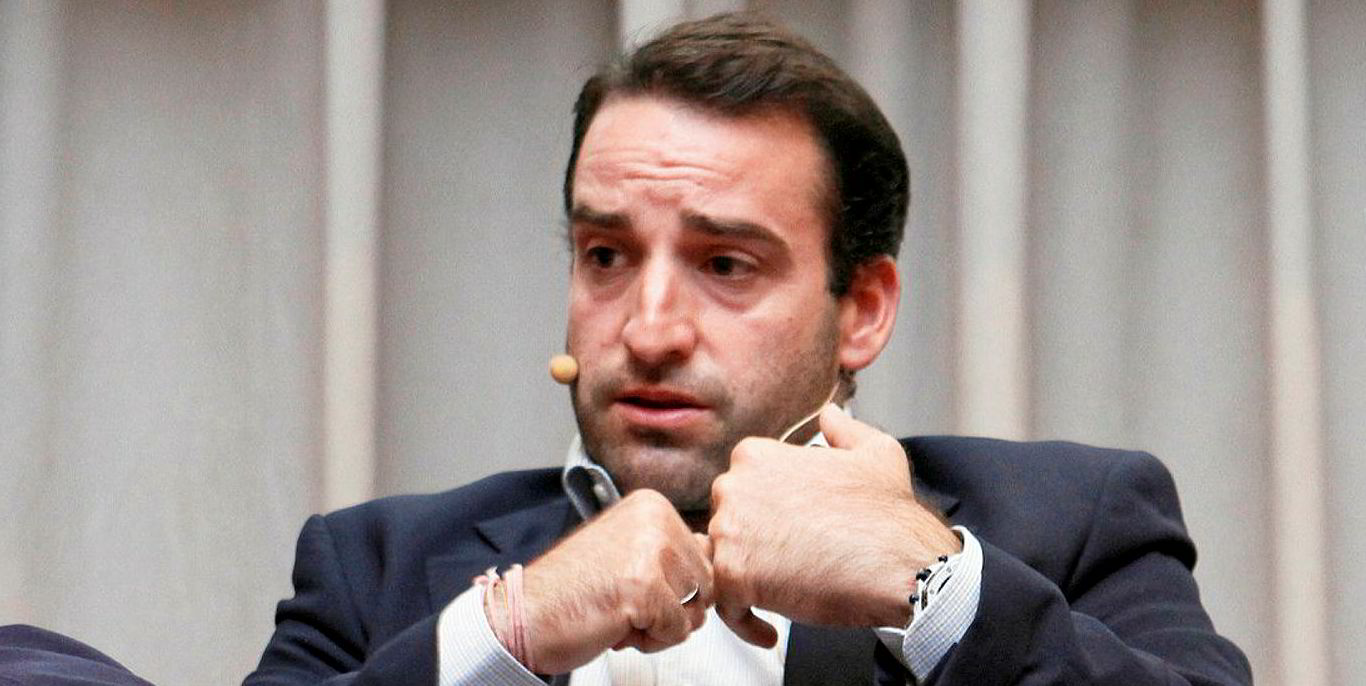StealthGas is expanding its fleet with two acquisitions that had been previously been tied to Vafias family private interests.
The Harry Vafias-led LPG carrier announced Thursday that it bought an 11,000-cbm newbuilding under construction in Japan and that a joint venture bought a 12-year-old, 38,000-cbm vessel.
"Relying on the technical and management expertise gained as leaders in the small LPG market, StealthGas is further expanding its presence in the broader LPG space, thus enhancing and diversifying its revenue stream," said chairman Michael Jolliffe.
The newbuilding, acquired trough an unnamed third party, will be New York-listed StealthGas' largest, a title currently held by the 21,850-cbm Eco Frost (built 2017).
The 11,000-cbm ship, set for delivery in 2021, will be larger than all but four of the company's 46 gas carriers.
Athens-based StealthGas did not disclose the terms of either deal, but according to VesselsValue, the company bought the 38,000-cbm Viking River (built 2007) from K Line for $25m in May and renamed it the Eco Nebula.
TradeWinds reported in May that both vessels were believed to have been acquired by Vafias' father, Nikolaos.
The secondhand vessel was purchased through a joint venture with a mystery investor announced in February, with the partner then taking a 49.9% stake in two StealthGas ships. The outfit previously only owned the 5,000-cbm Gas Defiance and Gas Shuriken (both built 2008).
Quarterly results
For the second three months of 2019, the company recorded a net loss of $200,000, alongside $34.1m in revenue.
The net loss was better than the $400,000 booked for the same period last year, but a $9.3m dip in revenue.
Jolliffe attributed the drop to US-China trade war concerns.
"[T]he pressurised market in Asia presented a relatively tough second quarter for shipowners," he said.
"Charters in the region were reluctant to conclude or renew period charters, thus forcing vessels to operate in the spot market at low rates. This is the main reasons that our revenue generation was less than expected, in spite of favorable operational utilisation of close to 95% and an increase in daily revenue from our vessels on time charter contracts."
Still, the company still reported six new time charters for its fleet, most concluding this year or in the first half of 2019.
The longest is for the 3,512-cbm Gas Alice (built 2006), chartered to an "international oil company" until August 2021.
Jefferies positive
Jefferies analyst Randy Giveans said the break-even earnings per share (EPS) beat his estimate of a loss of $0.01, primarily due to lower than expected vessel opex and drydocking expenses which offset lower than expected revenues.
He is slightly reducing the second half EPS estimates to reflect expected increased general expenses and lower utilisation estimates.
But Jefferies' expectation for a strong market recovery in 2020 remains intact.
"We believe that the supply picture for the small LPG carrier fleet is extremely positive as the small LPG orderbook-to-fleet ratio stands at just 3.2% and 7% of the fleet is over 25 years of age," Giveans said.
"On the demand side, global LPG demand is steadily growing and any incremental demand from the petchem sector should translate to further improvements in small LPG spot rates and utilisation in coming quarters. To note, time charter rates have been extremely stable during 2019."





